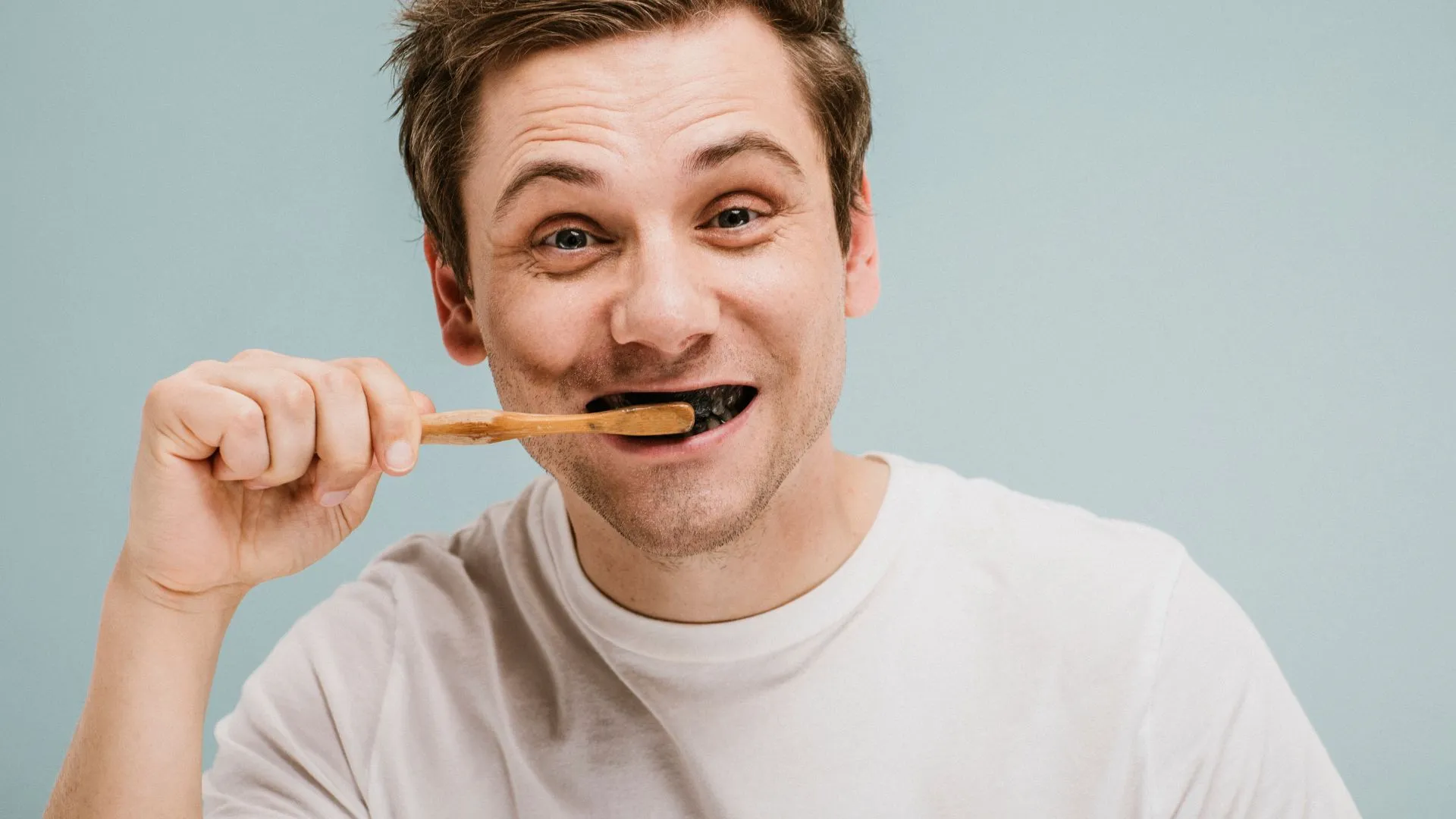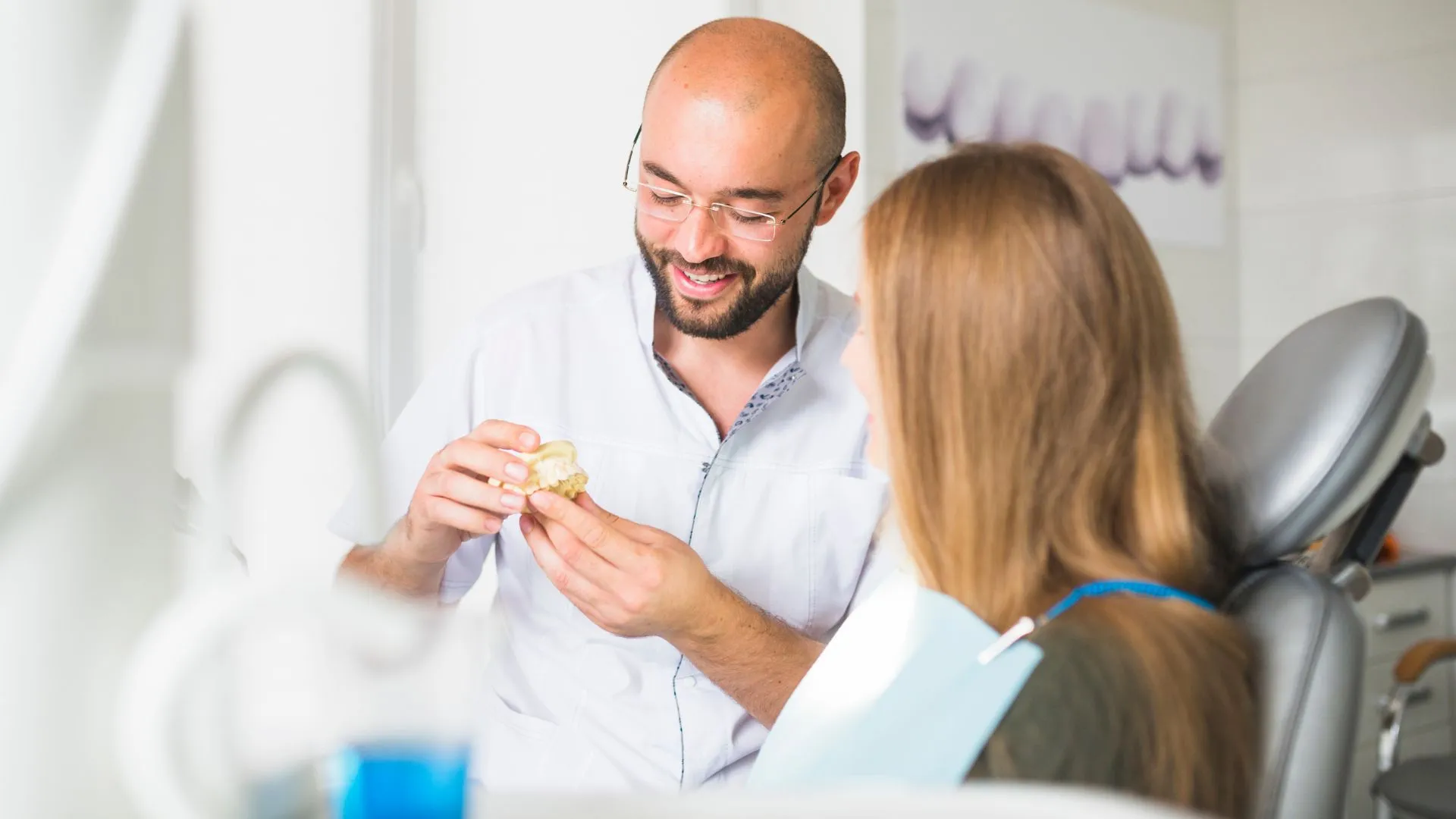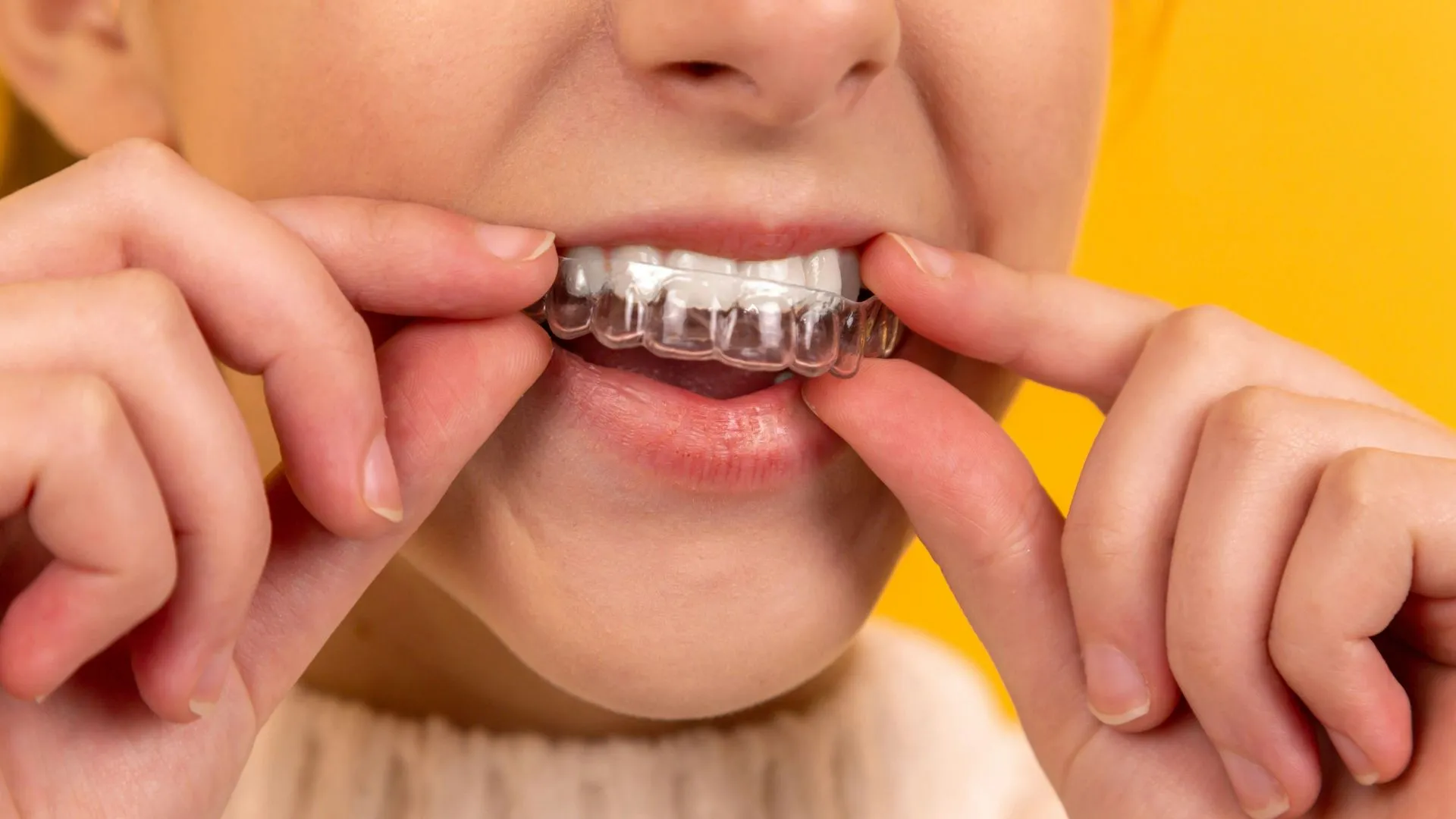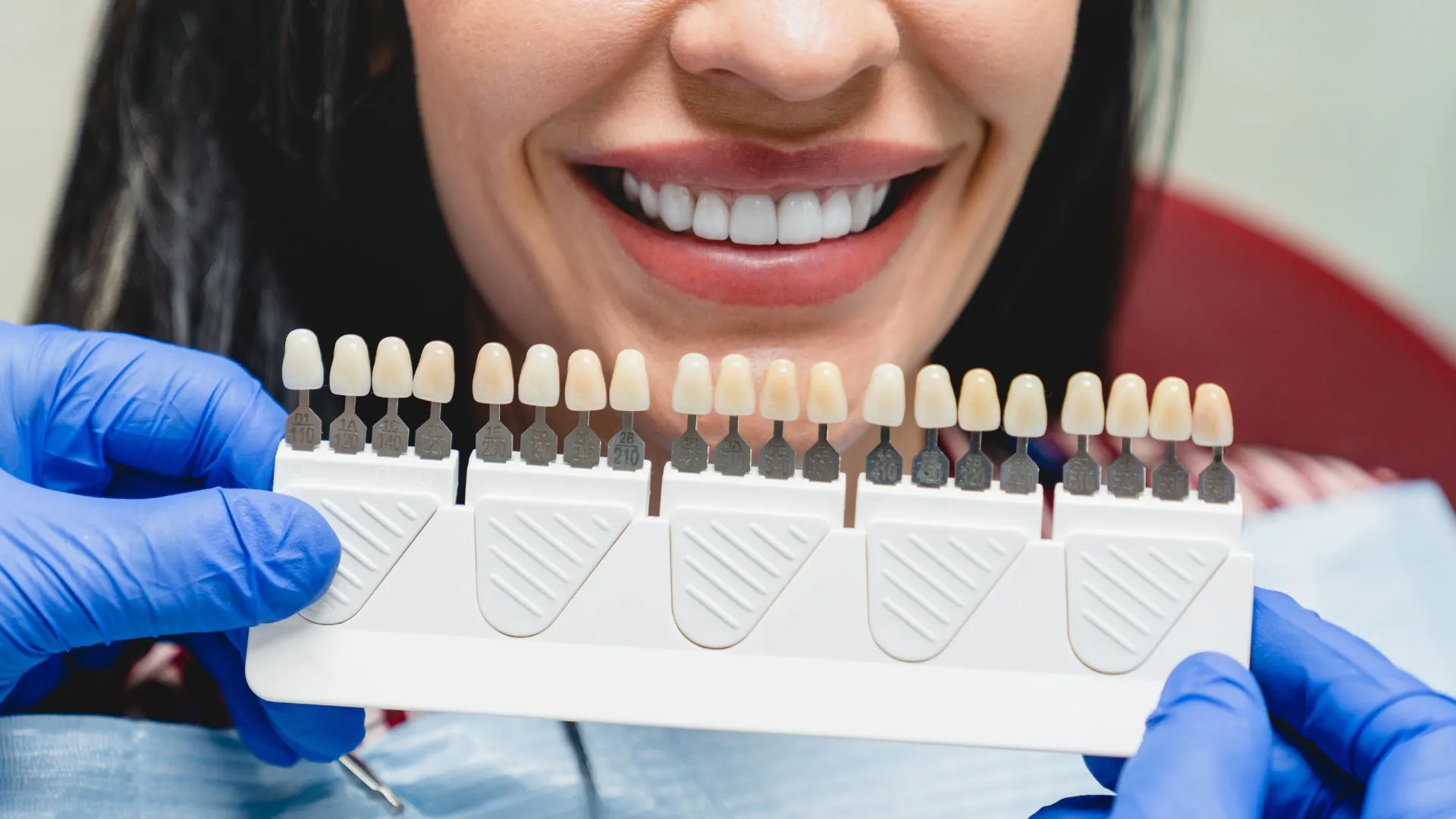Have you been dreaming of a bright white smile that is impressively magazine-worthy? Sadly over time, our teeth will lose their lustrous white shade. In an attempt to rejuvenate smiles back to the sparkly white we all desire, there have been many…
Have you been dreaming of a bright white smile that is impressively magazine-worthy? Sadly over time, our teeth will lose their lustrous white shade. In an attempt to rejuvenate smiles back to the sparkly white we all desire, there have been many teeth whitening trends that have developed over the years.
While you may have known about the strips and trays at the store, or even professional teeth whitening at your dentist’s office, there has been a developing trend that has made a significant splash on social media. Activated charcoal has become one of the hottest solutions for getting brighter, whiter teeth. If you have seen this product, you are probably wondering if it really works, what it is, and how would you use the product? Well, if you have been curious about this highly talked about product, read on to learn more.

What exactly is activated charcoal?
So, what exactly is activated charcoal? We have all seen the ads on Facebook and other social media sites, right? Girls and guys brushing what looks to be a black paste on their teeth, waiting a few minutes, and then reveal a brighter smile. But what is that black paste? That is the activated charcoal at work. Funny enough, activated charcoal is quite similar to the other charcoal you may be familiar with, the kind that you use in the barbeque pit. While similar, they are not the same, and activated charcoal is specially designed for medical purposes.
Activated charcoal, traditionally, has been used to treat gastrointestinal issues such as gas and cholestasis throughout pregnancy. While the product is advertised on the internet for purchase, activated charcoal is almost always readily available at health food stores and pharmacies.
How does it work?
Activated charcoal has pores. These pores bind with the rough parts of your teeth. Rough spots can include surface stains and plaque. Once it binds with the charcoals, it makes it easy to remove the stains and yellowing substances. However, it needs time to stick to the teeth.
Once the product has been given time to work, it can be rinsed off, taking the surface stains and particles with it. However, there is a big problem with activated charcoal. Because it only binds to the gritty parts of the teeth, it doesn’t effectively change the color of teeth that have deep stains. For example, those that have been smoking for decades may find only mild success with activated charcoal as the stains have penetrated the teeth. For these cases and many others like it, they would find greater success for whiter teeth at their dentist’s office.
Is activated charcoal safe?
Probably one of the most asked questions, aside from effectiveness, is whether or not activated charcoal is safe to use? The answer is yes, and no. While activated charcoal was designed for medical purposes, it wasn’t exactly known for its properties of teeth whitening. So while it is safe to ingest, and works quite well, it isn’t exactly the best solution for teeth whitening.
Activated charcoal is abrasive. This is one of the features that make it somewhat of a good solution for removing debris and some stains. But the abrasiveness of the mineral can damage the enamel of your teeth. Those that already have worn enamel can find that after use, higher sensitivity to hot and cold than before. The mineral can also cause scratching and chipping to the teeth if not properly used. It is not advised to use this product if you have any abrasions, cuts, or open wounds.
Before starting any new regimen with your teeth, it is best to talk to your dentist first. Several things can go wrong, and your unique dental needs are different than anyone else’s. It’s important to know if there could be counterindications that could pose a problem.
Tips for using activated charcoal for teeth whitening
After all the hype, you may want to try activated charcoal for whitening your teeth. The first thing you need to do is purchase some from your local pharmacy. Activated charcoal is typically sold in tablets. You will need one or two for a single-use. You will need to grind the tablets to make a powder form. Combine water with the powder just enough to create a paste. Using your finger, apply the paste directly to your teeth, avoiding the gums and lips. Teeth don’t have to be clean to apply the paste, as the activated charcoal will somewhat act as toothpaste in this application. You don’t want to rub in the product. Instead, you are looking to dab. Rubbing will cause damage to your teeth, and it is best to avoid this action.
It will take the activated charcoal paste a few minutes to bind with the stains. On average, you should only leave the product on for three minutes to get the best effects. After the mineral has had time to work, you will need to rinse out your mouth thoroughly. It may take several times of rinsing to eliminate the product entirely.
After rinsing, brush your teeth. Try not to be aggressive with cleaning as the activated charcoal was already abrasive to the enamel. The result should be brighter, whiter teeth. While this method certainly does provide some teeth whitening properties, the best results come from your dentist’s chair.




